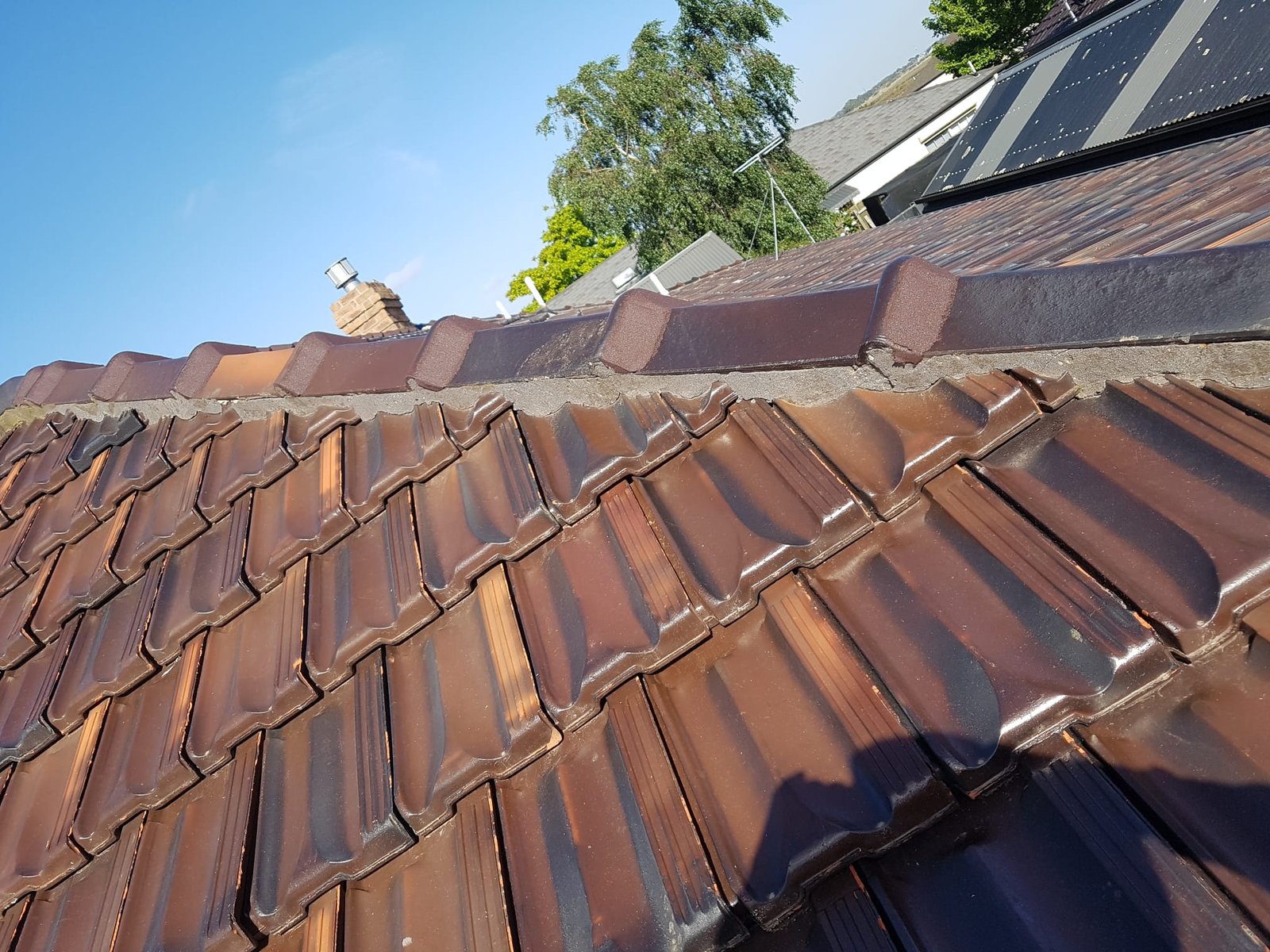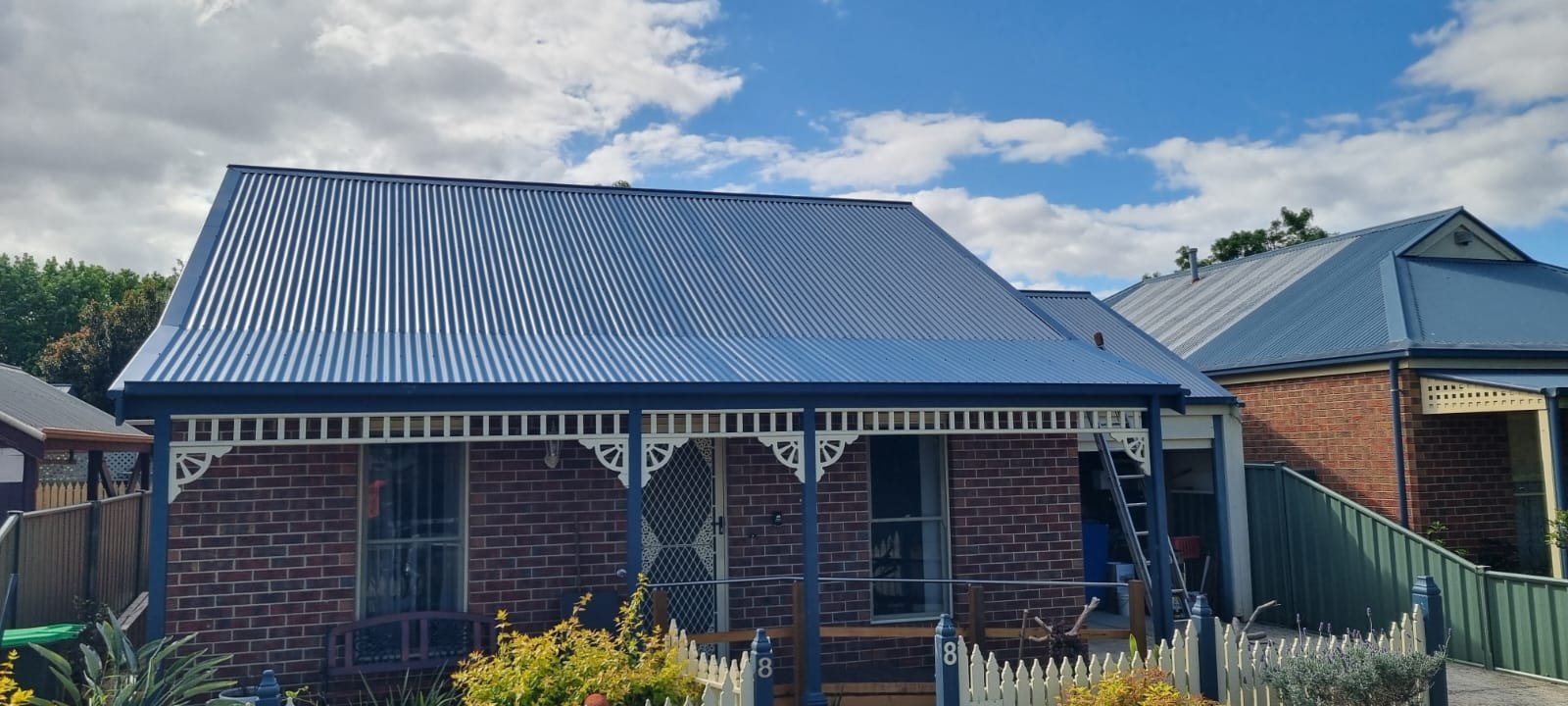Terracotta Tile Roof
Silverline Roofing - Affordable Terracotta Roof Restoration & Repair Services
Terracotta Roof Restorations
Expert restoration of terracotta tile roofs, addressing wear, damage, and aesthetic concerns with precision and care.
High-Pressure Terracotta Roof Cleaning
Specialised cleaning that:
- Removes dirt, moss, and organic buildup
- Restores original tile appearance
- Prevents long-term surface degradation
Terracotta De-mossing Process
Targeted treatment to eliminate moss and prevent regrowth, protecting your roof's structural integrity.
Roof Painting Professional painting services including:
- Specialized coatings for terracotta tiles
- Weather-resistant finishes
- Colour options to enhance your home's appearance
Emergency Terracotta Roof Repairs
Rapid response to urgent roof damage, preventing further complications.


Replacement of Broken Roof Terracotta Tiles
Precise replacement of damaged terracotta tiles to maintain roof integrity.
Whirlybird Installation on your Terracotta Roof
Improved roof ventilation to reduce heat and moisture buildup.
Why Choose Silverline Roofing for you Terracotta Roof?
- Specialised terracotta tile expertise
- Quality workmanship
- Comprehensive maintenance solutions
- Extended roof lifespan
- Professional warranty coverage
Choose Silveriline Roofing for reliable, high quality roofing services in the Western Suburbs of Melbourne. Contact us today for a no onbligation consultation
Other Areas of Melbourne We Serve
City of Wyndham:
Near me or Nearby:
